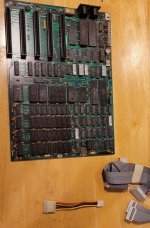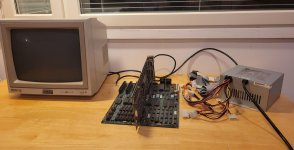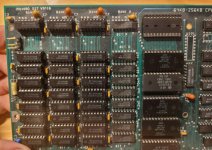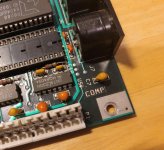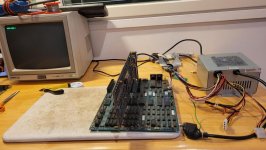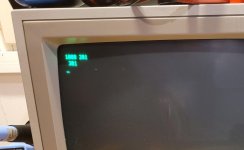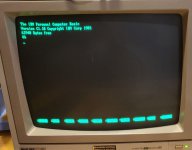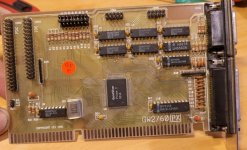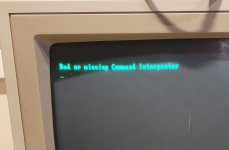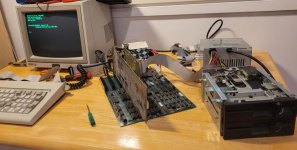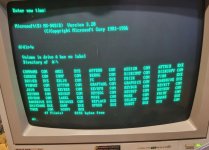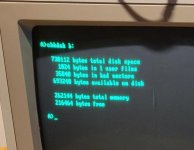VintageVic
Experienced Member
Last summer I got this ibm 5150 motherboard.
I have considered this a spare for my two other xt machines, but I was recently
able to acquire xt keyboard (for 80 €). Most expensive keyboard I've ever bought.
But. I realized that this could now be a beginning of a full pc/xt computer! The mainboard is
untested and has suffered decades of Finnish weather in a cold shed. Wish me luck it has
survived that treatment.
It's not much for a beginning, I am missing xt case but I will try to find some random at case and
power to test the board. I might be looking for xt case if the motherboard is functional.
Along with the motherboard I received a number of extension cards. I haven't gone through those
treasures yet very carefully, there might be floppy card, hard drive card, i/o cards and I know there are
memory extension cards as well. There were HDD cables also, but unfortunately no HD itself.
So, let's see what I can come up with these parts.
I have considered this a spare for my two other xt machines, but I was recently
able to acquire xt keyboard (for 80 €). Most expensive keyboard I've ever bought.
But. I realized that this could now be a beginning of a full pc/xt computer! The mainboard is
untested and has suffered decades of Finnish weather in a cold shed. Wish me luck it has
survived that treatment.
It's not much for a beginning, I am missing xt case but I will try to find some random at case and
power to test the board. I might be looking for xt case if the motherboard is functional.
Along with the motherboard I received a number of extension cards. I haven't gone through those
treasures yet very carefully, there might be floppy card, hard drive card, i/o cards and I know there are
memory extension cards as well. There were HDD cables also, but unfortunately no HD itself.
So, let's see what I can come up with these parts.

